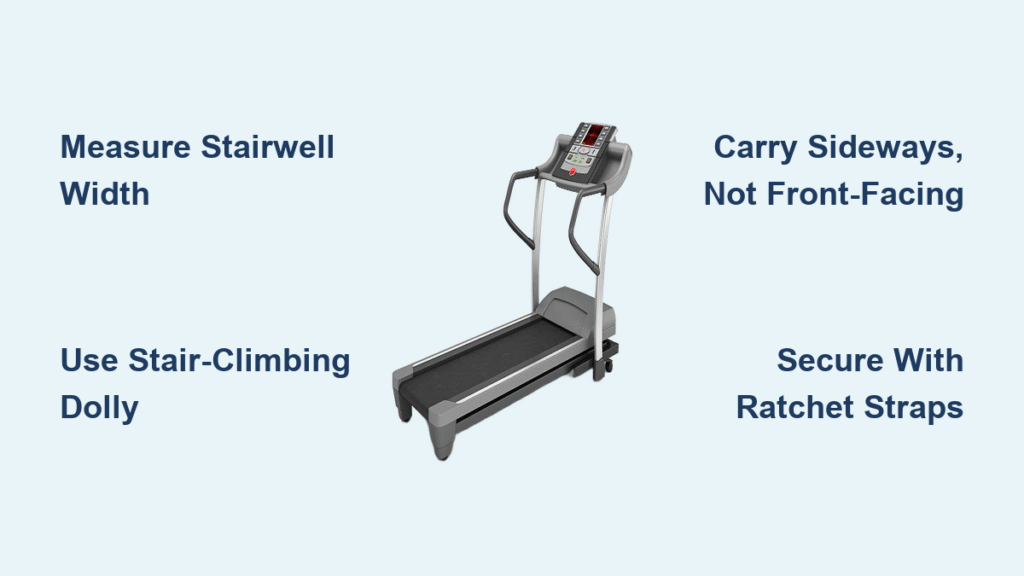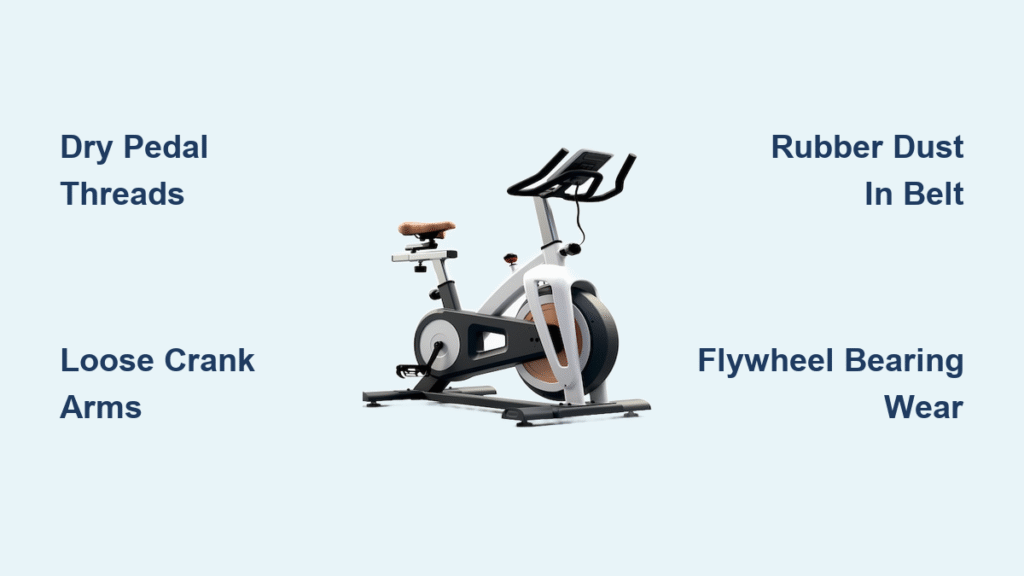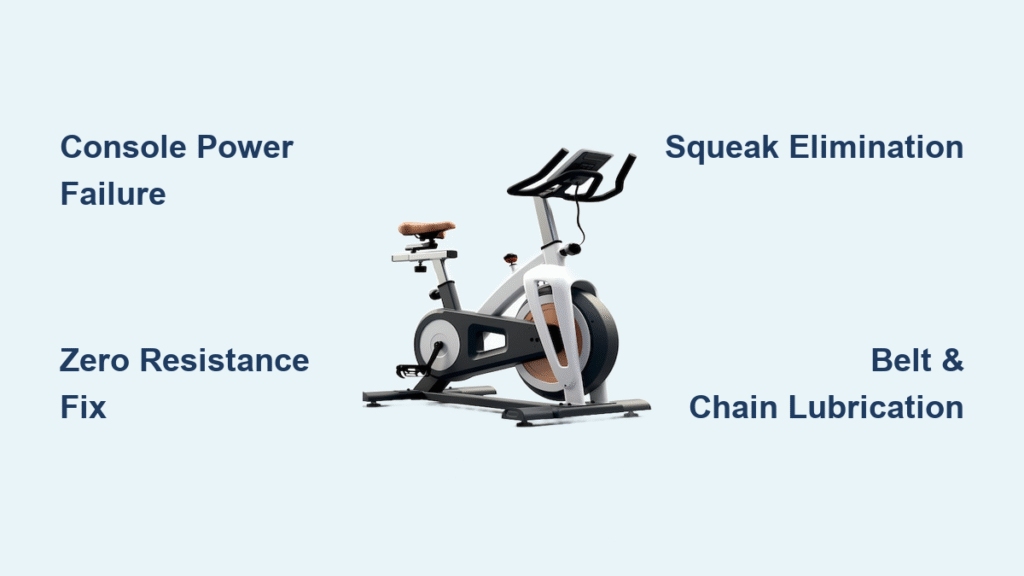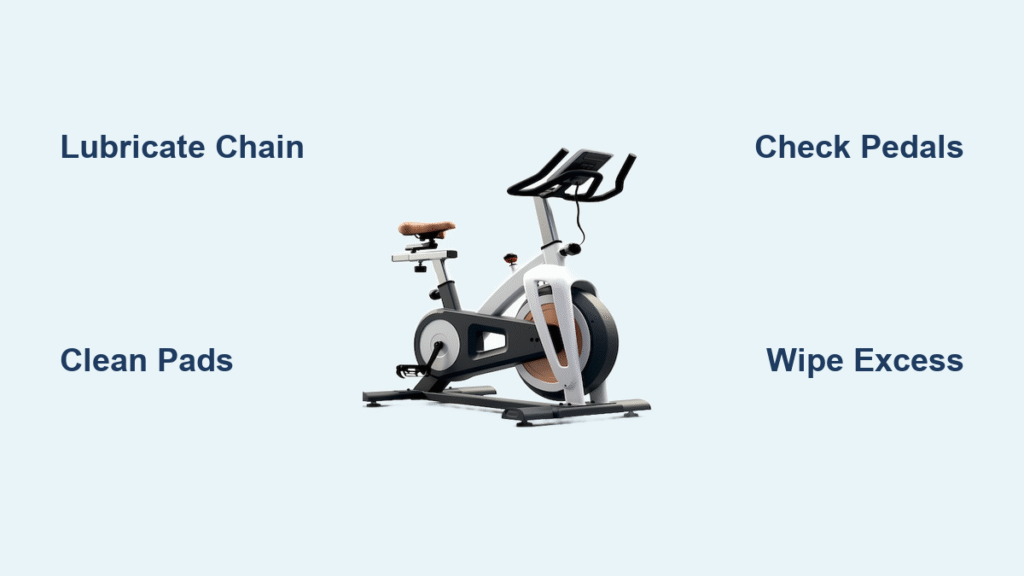You’re staring at your treadmill like it’s a fortress you can’t breach. That basement workout room is calling, but the staircase might as well be a canyon. One wrong move and you’ll be nursing a herniated disc while staring at scuff marks on your oak banister. Here’s the hard truth: 90% of treadmill-moving disasters happen because people skip measuring the stairwell or try to go it alone with a 250-pound machine. But with the right gear, a clear plan, and precise lifting techniques, you can conquer this challenge in under an hour—without a single trip to urgent care.
This guide cuts through the fluff to deliver exactly what you need: proven methods for navigating tight turns, OSHA-approved weight limits for safe lifting, and the dolly trick that saves carpeted stairs. Forget generic moving advice—we’re laser-focused on the unique physics of treadmills: their awkward weight distribution, fragile consoles, and how gravity turns a smooth descent into a demolition derby. By the end, you’ll know whether to disassemble the console, why sideways carries beat front-facing lifts, and how to spot danger signs before they wreck your machine.
Measure Your Stairwell Before Touching the Treadmill
Sideways Clearance Determines Your Entire Strategy
Your staircase width is the make-or-break factor. If it’s under 36 inches wide (most are 32–34″), you must carry the treadmill sideways—narrow edge first—to avoid crushing handrails. Pull out your tape measure now and check three critical points:
– Stair width at the tightest turn (often where walls narrow)
– Doorframe dimensions (standard interiors are 28–32″; removing hinges adds 1–2 inches)
– Headroom at landings (low bulkheads will force you to tilt awkwardly)
Skip this step, and you’ll be frantically unscrewing console posts mid-staircase while balancing a 200-pound machine. One homeowner we spoke to snapped his treadmill’s motor hood against a doorjamb because he assumed the hallway was wide enough—cost him $187 for replacement parts.
Weight Checks That Prevent Back Injuries
Treadmills hide their true weight until you lift them. A “compact” folding model might weigh 120 pounds when folded, but a commercial-grade NordicTrack often hits 300+ pounds—way beyond the 50-pound per person OSHA safety limit for stair carrying. Weigh yours before moving day:
1. Unplug and fold the deck (if possible)
2. Stand on a bathroom scale holding the treadmill
3. Subtract your body weight from the total
If the number exceeds 100 pounds, you absolutely need three people or a stair-climbing dolly. That “I’ve got it!” bravado on step three? That’s how 42% of moving-related ER visits happen.
Essential Gear Checklist (No Substitutes)
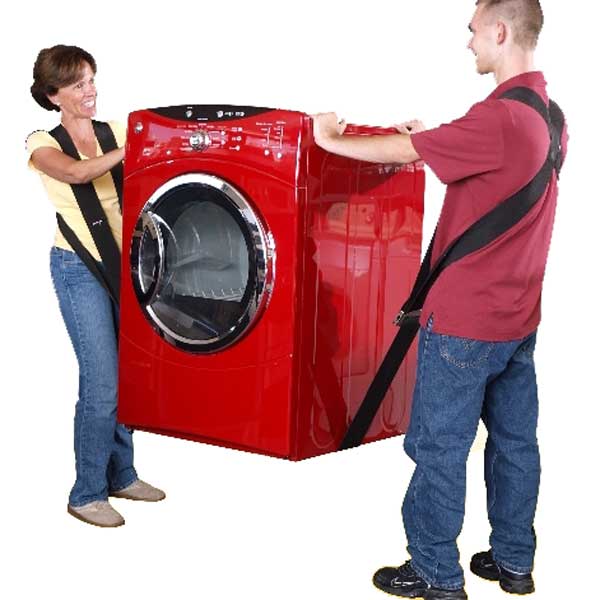
| Tool | Critical Purpose | Real-World Tip |
|---|---|---|
| 600+ lb capacity dolly with stair wheels | Transfers weight from backs to legs | Pneumatic tires grip carpeted stairs; avoid cheap dollies with hard plastic wheels |
| Shoulder dolly straps | Lets you carry 150+ lbs safely using leg muscles | Rent from U-Haul ($15/day)—never try straps meant for boxes |
| 4+ moving blankets (80″x72″) | Prevents scratches on walls AND treadmill | Tape blankets to stair treads only—never finished wood banisters |
| 2 ratchet straps (1,500 lb break strength) | Secures treadmill to dolly during descent | Wrap straps under base plate—top straps slip off mid-move |
| Magnetic parts tray | Catches screws during disassembly | One dropped screw can jam rollers later |
Pro Warning: Skipping the stair-climbing dolly on carpeted stairs? You’ll tear up your carpet and risk losing control. We’ve seen too many people use furniture sliders here—they buckle under uneven weight distribution.
Fold or Disassemble: What Your Manual Won’t Tell You
Folding Treadmills: The Latch Check You Must Do
That satisfying click when you fold your deck? It lies. 30% of folding treadmills unlatch during moves because gravity pulls the hinge pin loose. Here’s how to secure it:
1. Fold the deck until the latch engages
2. Insert a 1/4-inch drill bit through the hinge pin hole (prevents accidental release)
3. Wrap the folded unit in a blanket before strapping to the dolly
Skip this, and your deck will snap open halfway down the stairs—crushing fingers or cracking the motor hood.
Non-Folding Models: Console Removal Protocol
If your treadmill won’t fold (looking at you, commercial units), you must remove the console:
1. Unplug and label all cables with colored tape (e.g., “blue=power,” “red=safety key”)
2. Remove four 13mm bolts holding the mast (use a socket—not a wrench—to avoid stripping)
3. Store bolts in a magnetic tray taped under the frame
Critical Mistake: Never carry the console in your arms while moving the base. One jolt and you’ll yank cables loose, requiring a $200 electronics repair.
Sideways Carry Technique for Narrow Stairs

Why Facing the Treadmill Saves Your Back
Carrying a treadmill front-facing (like a couch) forces you to lean backward—a guaranteed back-strain recipe. Instead:
– Rotate the unit 90 degrees so the narrow edge faces downward
– Top person grips the rear frame under the motor hood
– Bottom person grabs the front frame under the belt roller
– Both face the treadmill (not the stairs) with knees bent and back straight
This keeps the center of gravity centered over your legs. On each step:
1. Top person lifts slightly while bottom person shifts weight back
2. Move backward one stair at a time
3. Pause on landings to reposition
Red Flag: If the bottom person’s knuckles scrape the wall, rotate the unit so the belt faces inward and the frame brushes the banister (soft plastic won’t scratch walls).
Dolly-Assist Method: The 200+ Pound Solution
Step-by-Step Descent for Heavy Machines
This technique uses physics to make a 300-pound treadmill feel like 100 pounds:
1. Load at top landing: Two people tilt treadmill back 45°, slide dolly under base plate, strap tight with ratchet straps
2. Position for first step: Top person pulls dolly handles back until only stair-climbing wheels touch the edge
3. Controlled descent:
– Top person leans back on handles (acts as brake)
– Bottom person guides the base with palms—never fingers
– Advance one stair at a time, pausing to reset grip
Pro Tip: On carpeted stairs, place a folded moving blanket under the dolly’s front wheels for traction. If wheels slip, stop immediately—forcing it risks tipping.
Safety Rules That Prevent ER Visits
The 50-Pound Stair Rule (Non-Negotiable)
OSHA mandates no more than 50 pounds per person on stairs. For a 250-pound treadmill:
– Two people max = 125 lbs each → danger zone
– Three people = 83 lbs each → still risky
– Dolly + two people = 50 lbs each → safe zone
Immediate Action: If anyone feels back strain:
1. Shout “STOP!”
2. Set treadmill down on the nearest landing
3. Reassess—add a third person or disassemble further
Emergency Stop Protocol
If the dolly starts tipping:
– Top person yells “DROP LEFT!” or “DROP RIGHT!” (pre-agreed command)
– Both release handles but keep one hand on the frame
– Guide the unit to land vertically on the stair tread (not sideways)
This prevents the treadmill from rolling down stairs like a boulder.
Post-Move Damage Prevention Checklist
Belt Alignment Test (Do This First)
After reassembly, skip the “just plug it in” temptation. Run these checks:
1. 1 mph for 2 minutes: Listen for grinding (loose bolts) or squeaking (dust in rollers)
2. 5 mph for 1 minute: Watch for belt drift—if it slides left/right, adjust rear tension bolts 1/4 turn
3. Level check: Place a bubble level on the deck; adjust rear feet until centered
Hidden Danger: Uneven decks cause premature belt wear. If the bubble isn’t centered after tightening, your basement floor is sloped—use rubber shims under the rear feet.
When to Call Professionals (Save $400 in Repairs)
Hire movers if:
– Your stairs have tight 90-degree turns (common in split-level homes)
– The treadmill weighs over 250 pounds (most non-folding commercial units)
– You have hardwood or marble stairs (one scratch costs $500+ to repair)
– Any mover has back/knee issues
Cost Reality: $150–$400 covers disassembly, specialized dollies, and $10,000 property damage insurance. One client paid $220 to move a ProForm—cheaper than the $1,200 motor replacement after his DIY attempt snapped the drive belt.
Final Takeaway: Measure your stairwell width before unplugging the treadmill, never exceed 50 pounds per person on stairs, and always move with the belt facing inward on tight turns. Follow these steps, and your treadmill will land in the basement ready to run—while your back, stairs, and sanity stay intact. Skip even one step, and you’re gambling with a $1,000 repair bill. Now grab that tape measure; your basement gym awaits.

